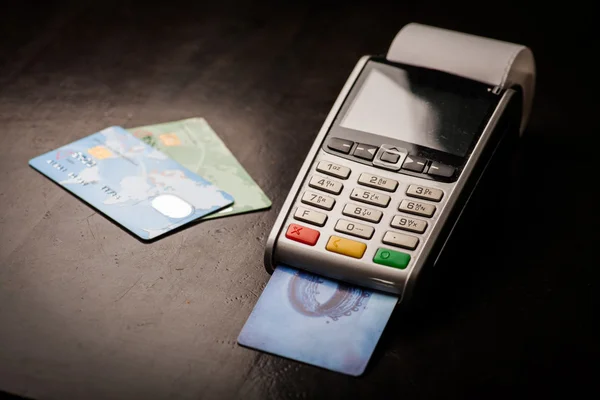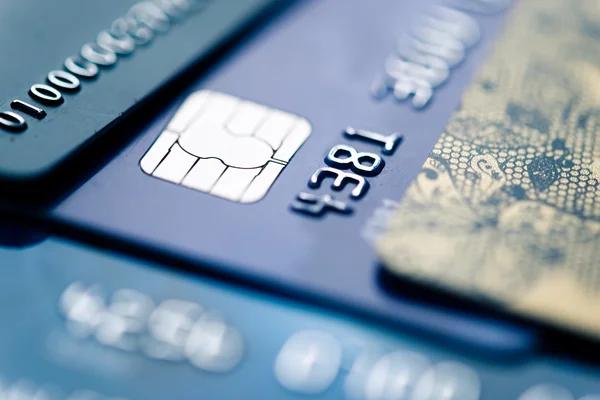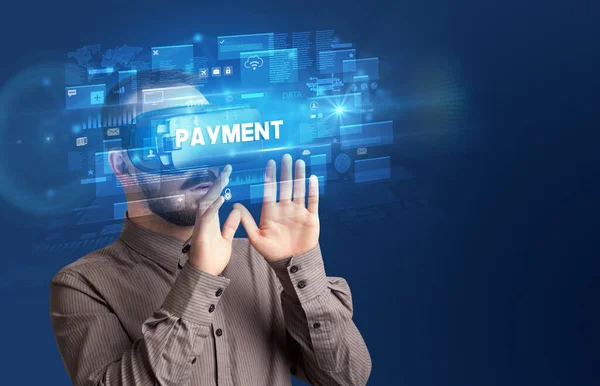Introduction: The Roots of Our Payment Systems

From ancient times, the need for a medium of exchange has been a critical component of economic relations. Barter, the earliest payment method, involved the exchange of goods and services of equivalent value. It was a simple, straightforward system, yet its limitations brought about the advent of commodity money, such as salt, silk, gold, and silver. These were goods that had intrinsic value and were universally regarded as valuable.
Around 600 B.C., ancient Lydia introduced the first coined money, revolutionizing the payment system and making transactions more convenient. Next, paper money emerged in China during the Tang Dynasty, making money more portable and exchange easier. This method of payment became so popular that it spread to other parts of the world, eventually evolving into the cash-based payment systems we know today.
Over the years, the payment system evolved due to advancements in technology and the increasing complexity of global economies. The disadvantages of carrying physical money led to the development of a more convenient and secure form of payment: banknotes and coins. This transition marked the onset of cash dominance in the payment systems, setting the stage for the evolution of more advanced forms of currency.
The Reign of Cash: Historical Dominance and Impact

Cash has always been a trusted and universally accepted payment medium. Its tangible nature made it easy to use, and its anonymity provided a sense of privacy. Cash required no third-party intervention, resulting in instantaneous transactions. It also served as a common unit of account, facilitating the comparison of the value of goods and services.
However, the widespread use of cash also had its drawbacks. Theft and fraud were common as cash transactions are hard to trace, and storing large amounts of cash was risky and inconvenient. Additionally, cash transactions are burdensome on both payers and payees as it requires physical presence and manual counting.
As economies grew and technology progressed, the need for a more convenient, secure, and efficient payment method became imperative. This necessity led to the emergence and acceptance of credit and debit cards, marking a significant shift in payment paradigms.
Shifting Paradigms: The Emergence of Credit and Debit Cards

Credit and debit cards offered a groundbreaking alternative to cash. Introduced in the mid-20th century, these cards transformed commerce, reducing the need for carrying large amounts of cash and making transactions faster and more convenient. Debit cards allowed users to withdraw money directly from their bank account, while credit cards provided the option of borrowing money from the issuing bank.
The adoption of cards was a huge step towards a cashless society. Card transactions were easier to track, reducing the risk of theft and fraud. Moreover, they also allowed for more extensive purchasing power, with credit cards enabling users to make large purchases even without immediate funds.
However, credit and debit cards also had their downside. They required third-party approval, which sometimes resulted in transaction delays. Moreover, they exposed users to the risk of data theft and fraud, with cybercriminals increasingly targeting card information.
Digital Revolution: The Rise of Online Banking and E-Wallets

The advent of the internet catalyzed the next phase in the evolution of payment systems. Online banking emerged as a popular alternative to traditional banking methods, allowing users to manage their finances from the comfort of their homes. This convenience extended to payments, with online banking enabling easy, instant transfers of money.
Following online banking, e-wallets emerged, offering an even more convenient payment solution. E-wallets, such as PayPal, Apple Pay, and Google Wallet, store users’ card information securely and allow for quick, easy payments with just a few clicks or taps. They offer the convenience of card payments without the need to carry physical cards.
Despite the convenience, online banking and e-wallets have their challenges, including the risks of cyber-attacks, data breaches, and service disruptions. Nevertheless, their benefits have seen them rapidly adopted, further pushing society towards a cashless future.
Blockchain Disruption: Understanding Cryptocurrencies

Just when it seemed like payment systems had reached their peak, cryptocurrencies emerged, disrupting the financial world. Cryptocurrencies, like Bitcoin, are digital or virtual currencies that use cryptography for security and operate independently of a central bank. They offer the promise of lower transaction fees than traditional online payment mechanisms and are operated by a decentralized authority, unlike government-issued currencies.
Cryptocurrencies have certain advantages over traditional payment systems. They provide pseudonymity, preventing the tracking of transactions by name, making them popular among privacy-conscious individuals. They also allow peer-to-peer focus, eliminating the need for intermediaries and making transactions faster and cheaper.
However, cryptocurrencies also have their drawbacks. Their value is highly volatile, making them a risky investment, and their association with illegal activities has raised concerns. Additionally, they lack widespread acceptance and understanding, limiting their current usability.
Concluding Thoughts: The Future of Payment Systems

The evolution of payment systems is a testament to human innovation and the relentless pursuit of convenience and security. From barter to cryptocurrency, each stage of development has brought us closer to a world where transactions can be made instantly, securely, and conveniently.
Despite the progress, no single payment system is perfect, each having its strengths and weaknesses. It’s likely that the future will see a coexistence of various payment methods, each serving different purposes and preferences.
The digital revolution will undoubtedly continue to shape the future of payment systems. The rise of technologies like AI, blockchain, and quantum computing promises further disruption and transformation. While cash may not be entirely phased out, it’s clear that the trend is moving towards a more digital and decentralized future.






It says online banking lets people manage money from home.
The article explains cryptocurrencies like Bitcoin are decentralized and private.
E-wallets like PayPal make payments quick and easy according to the post.
The article explained how barter turned into commodity money like gold.
The article says cash was good because it’s easy to use and private.
The post talks about how paper money started in China during the Tang Dynasty.
I didn’t know that credit and debit cards started in the mid-20th century.
I learned that Lydia created the first coin around 600 B.C.